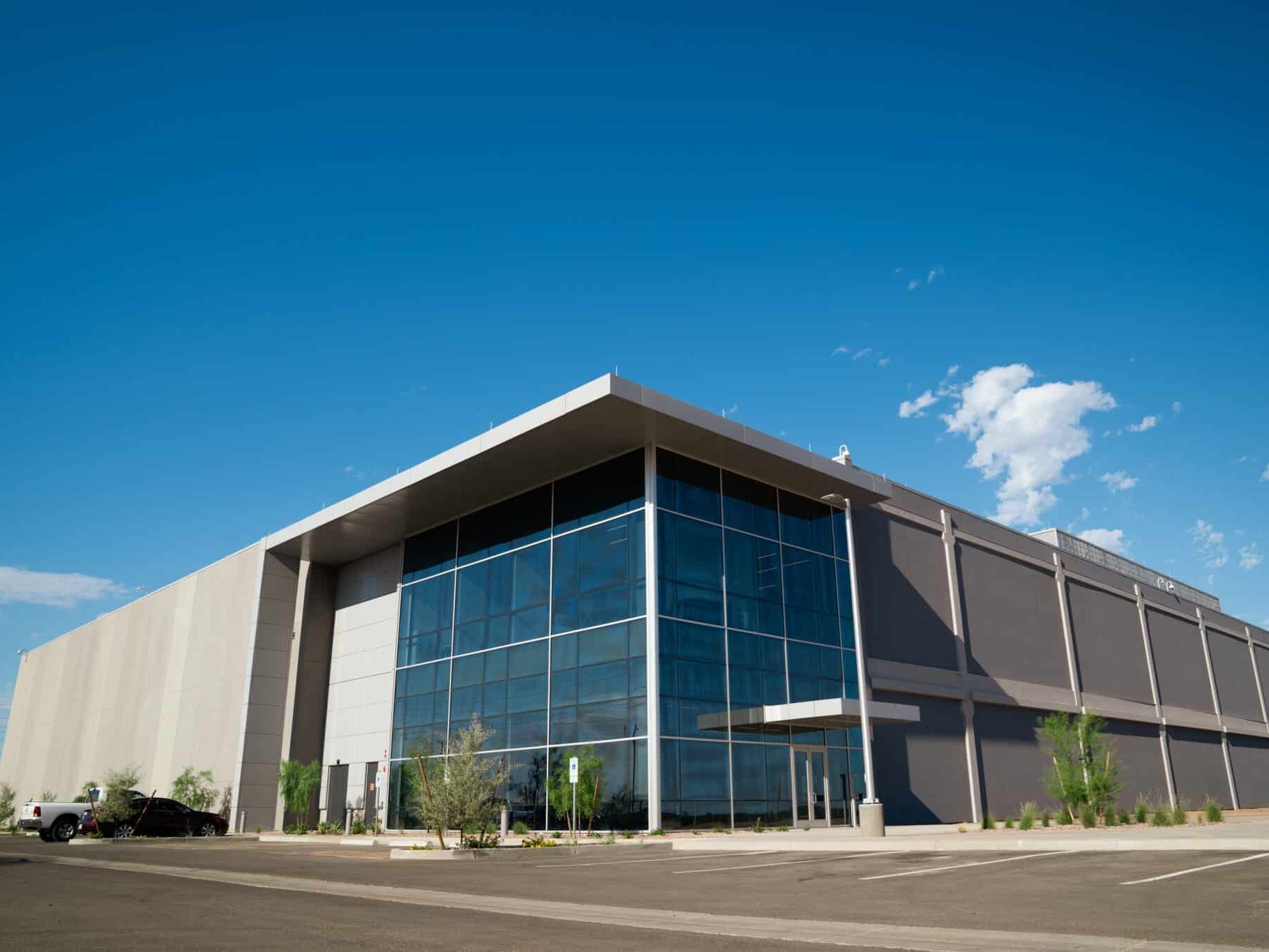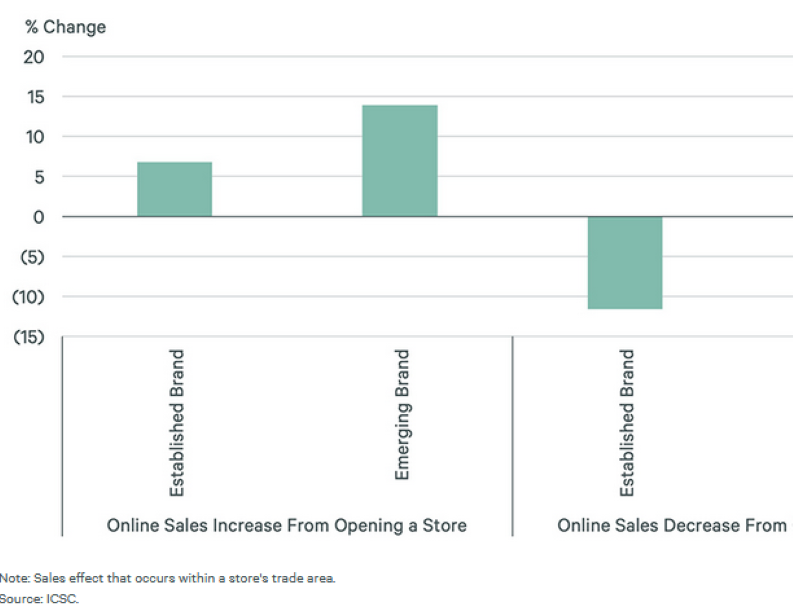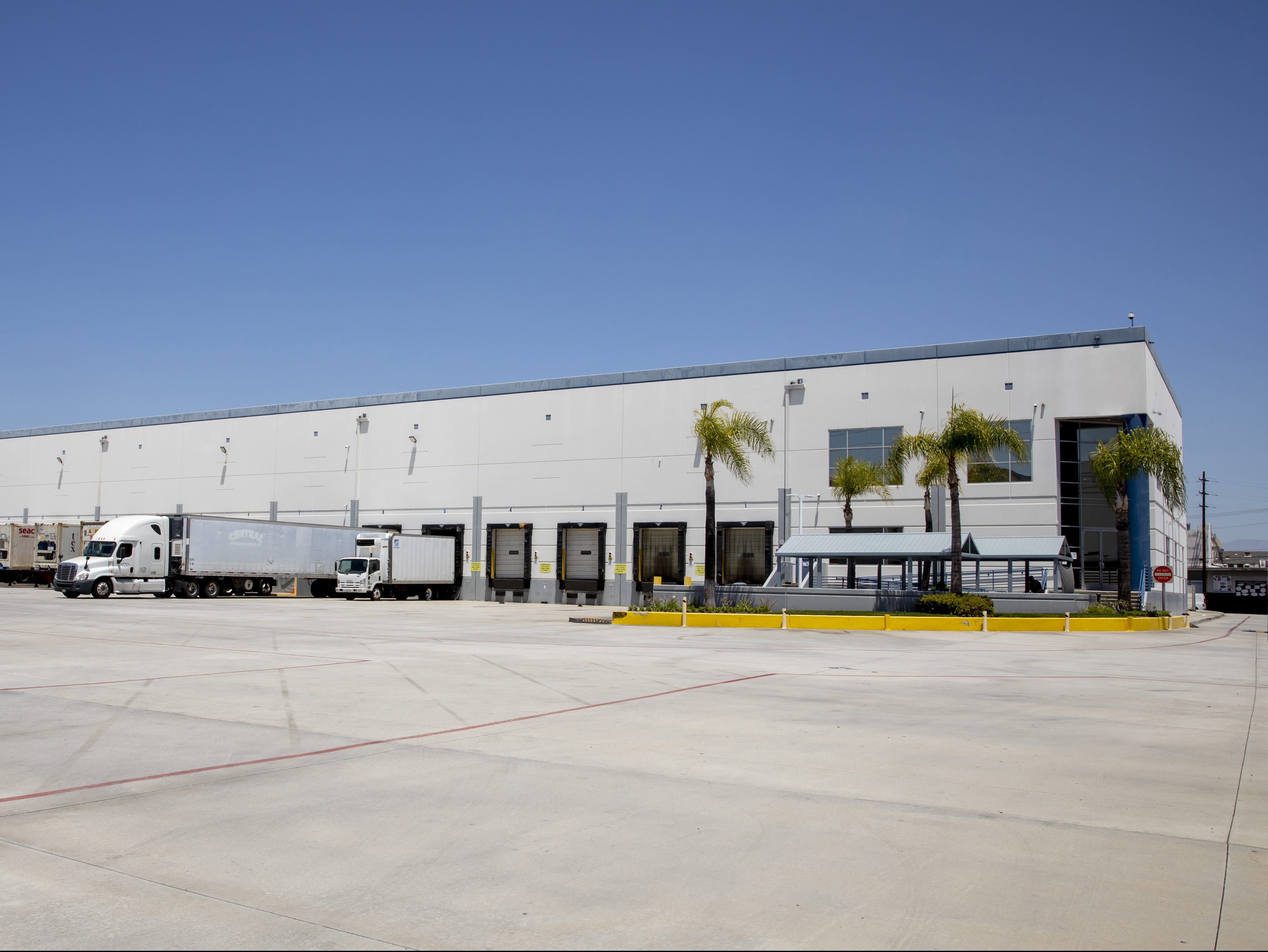Green May be Gold for U.S. Equity REITs
By Britton Costa, Director, U.S. REITs, Fitch Ratings: The U.S. REIT sector’s inaugural "green bond" offerings suggest being environmentally friendly is also credit-friendly.
 By Britton Costa, Director, U.S. REITs, Fitch Ratings
By Britton Costa, Director, U.S. REITs, Fitch Ratings
The U.S. REIT sector’s inaugural “green bond” offerings suggest being environmentally friendly is also credit-friendly.
Recently, Regency Centers and Vornado Realty Trust issued the sector’s first green bonds—senior unsecured corporate obligations whose proceeds are to fund green projects. Unlike state and federal project loans that have certain structural considerations in exchange for more favorable pricing and/or tax treatment, these bonds are corporate obligations and the use of proceeds is not a structural mandate but instead a best efforts commitment. Nonetheless, the strong pricings seem to reflect a broader investor pool including those with socially responsible mandates (SRI) when comparing the pricing to Fitch’s ratings and those implied by the CDS market. While it is impossible to parse how much certain factors impact pricing (i.e., scarcity value for infrequent issuers vs. green branding), hearkening back to Econ101, a shift in the demand curve by including SRI investors should increase price, all else being equal.
As long as green bonds remain rare for corporates, REITs should have sufficient green opportunities. While Fitch does not comment on bond pricing from a valuation perspective, structural changes in the cost and availability of capital are of critical importance to unsecured bondholders. Furthermore, the benefits of going green are not limited solely to broadening the creditor base. Other potential benefits include increasing operational efficiencies, improving portfolio competitiveness and, over the longer term, reducing potential contingent liabilities.
The “greenification” of REITs has been rapid, seeing as it has been only 20 years since the U.S. Green Building Council was established and 15 years since LEED certification began. Going green has evolved from indifference to opportunity to now becoming commonplace and integrated into corporate brands.
REITs’ altruistic behavior is commendable, but only relevant to stakeholders when it affects recurring free cash flows. Over the longer term, environmental inefficiencies have the potential to become a contingent liability for real estate owners similar to compliance with the Americans with Disabilities Act or asbestos removal. Being green is currently voluntary, but that could change, much as car fuel efficiency evolved from a selling point to a requirement for auto manufacturers.







You must be logged in to post a comment.